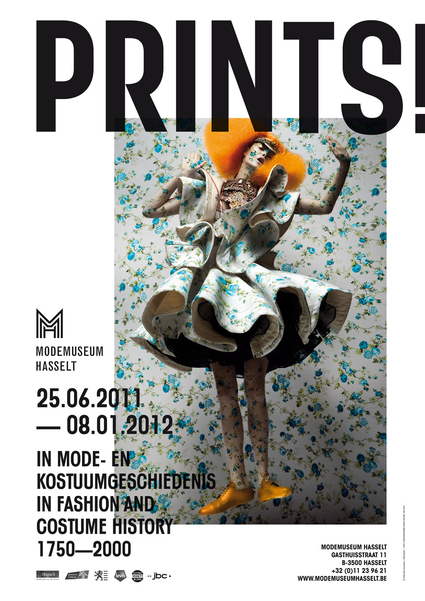Printed textile is a decorative art form, used for interiors as well as for clothing. The varieties of motifs often reflect the collective taste and Zeitgeist of a certain period. Printing textile is also a complex industrial process and as such dependend on innovation, mechanisation, research and technological progress.
Until the end of the 18th century motifs remained mainly derivations of traditional floral pattern from India, but the industrial revolution at the beginning of the 19th century brought about radical change. Under the impulse of science and mechanisation, the printing of textiles became an industrial process still expanding today.
In contemporary fashion we find a variety of prints, depending on trends. They vary from references to historical patterns (landscapes, floral and bucolic figures) to innovative, experimental motifs. It became the trademark of a diversity of designers such as Emilio Pucci, Dries Van Noten, Hermès (carré) and Missoni.
Lenders: Musée de l’impression sur étoffes (Mulhouse), Musée de la Toile de Jouy (Jouy-en-Josas), Hermès (Paris), Royal Museum for Art and History (Brussels), Gemeentemuseum The Hague, Musée de la Vie Wallonne (Luik), …
